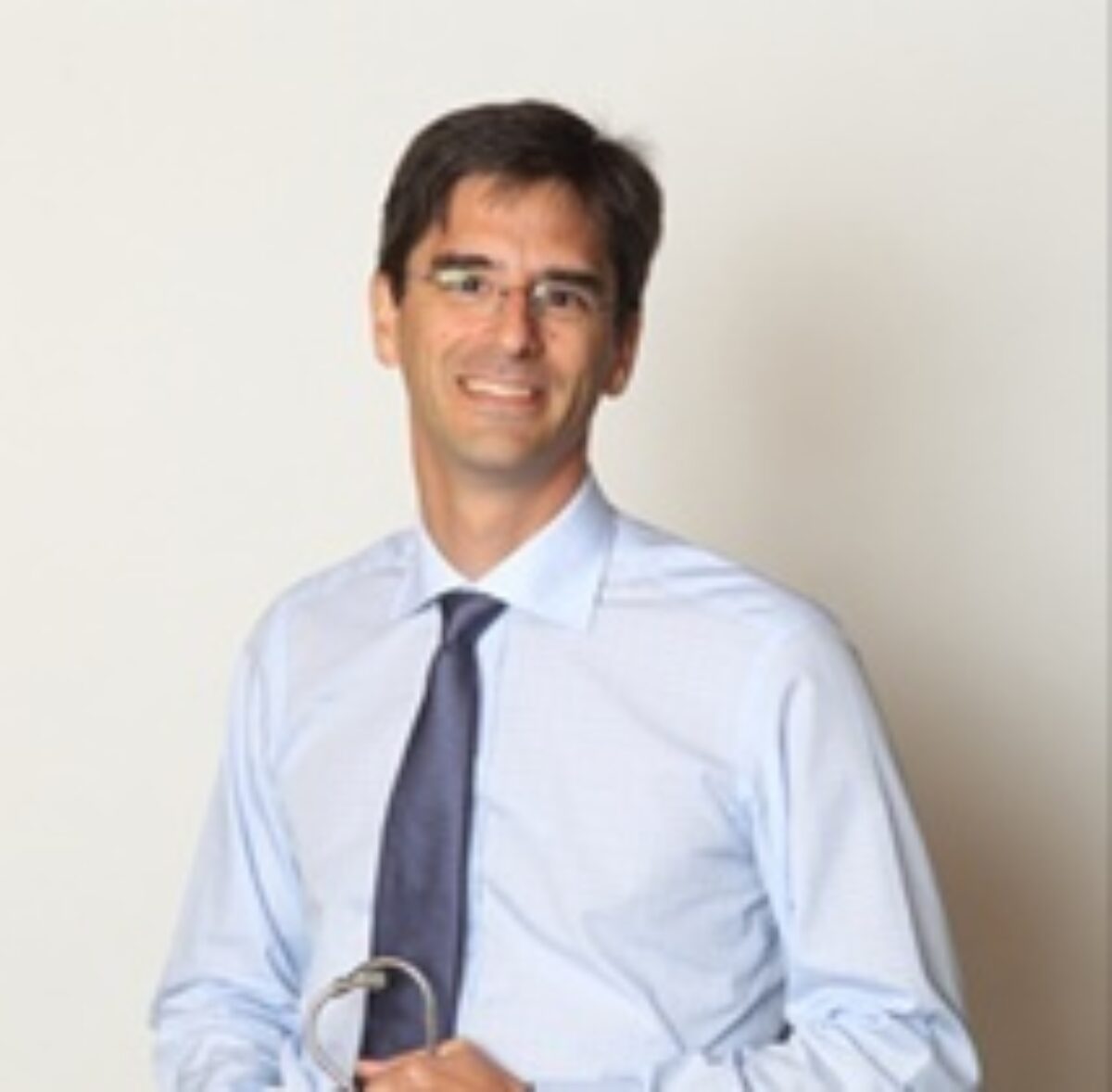AI, radiation therapy promise new treatments for cardiac patients
February 28, 2024
When scar tissue forms on the heart, it can cause abnormal heart rhythms that prevent this vital organ from pumping enough oxygen to the body through the bloodstream.
That abnormal rhythm – also known as arrhythmia – can also stop the heart, causing cardiac arrest.
Regulating arrhythmias and preventing cardiac arrest is Dr. John Sapp’s job, as a leading cardiologist and researcher at Dalhousie University.
Determining when to intervene when a patient has heart arrhythmias, and which treatment is best for each person, is often a difficult decision. That’s why Sapp’s research involves figuring out the best option for his patients.
Today, doctors can either use medication, a procedure called catheter ablation, or an implantable medical device called a defibrillator to regulate their patients’ arrhythmias.
These treatments either slow down a heart that beats too fast, remove scar tissue, and cauterize tissue to restore normal electrical signals, or, in the case of implantable defibrillators, shock the heart back into normal rhythm if doctors know a patient is at risk of a sudden cardiac arrest.
Within the next decade, though, Dr. Sapp hopes his patients will have another type of treatment. Researchers are studying the use of radiation therapy, similar to what some cancer patients undergo, to destroy scar tissue and restore the heart’s normal rhythm.
“That’s the exciting thing about it, is that it’s non-invasive,” says Dr. Sapp. “It’s a therapy on the horizon that has promise.”
Artificial Intelligence (AI) is another promising tool for improving patient care. Automated software can interpret electrocardiograms (ECGs) and cardiac images, to find arrhythmias and locate the exact areas of the heart where short circuits are occurring.
“We’ve made huge strides over the past 30 years,” says Dr. Sapp. “Cardiac mortality is much better than it used to be. But even with the best preventative care, people will still have heart disease.”
“So, we keep working on how to treat that.”

TAGS
